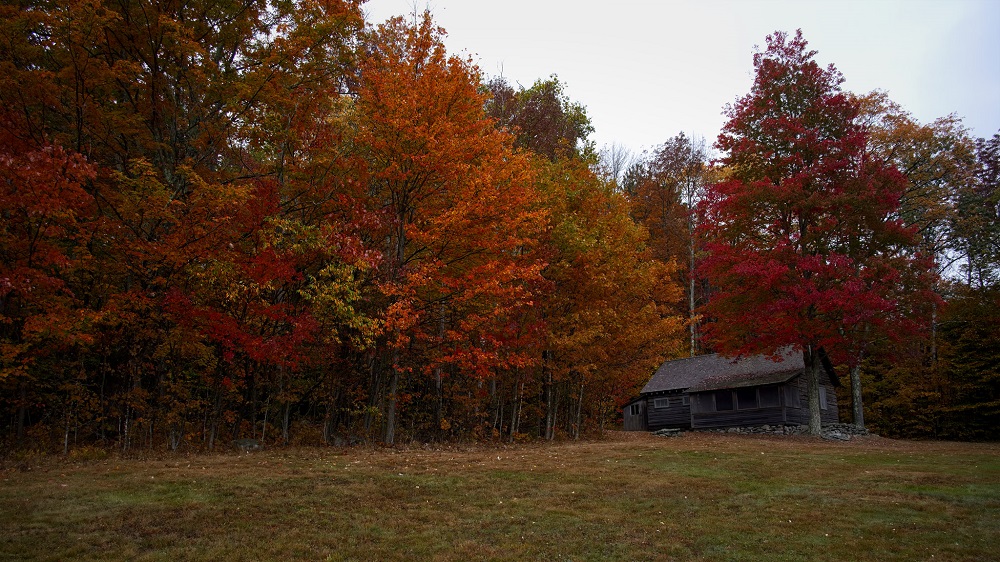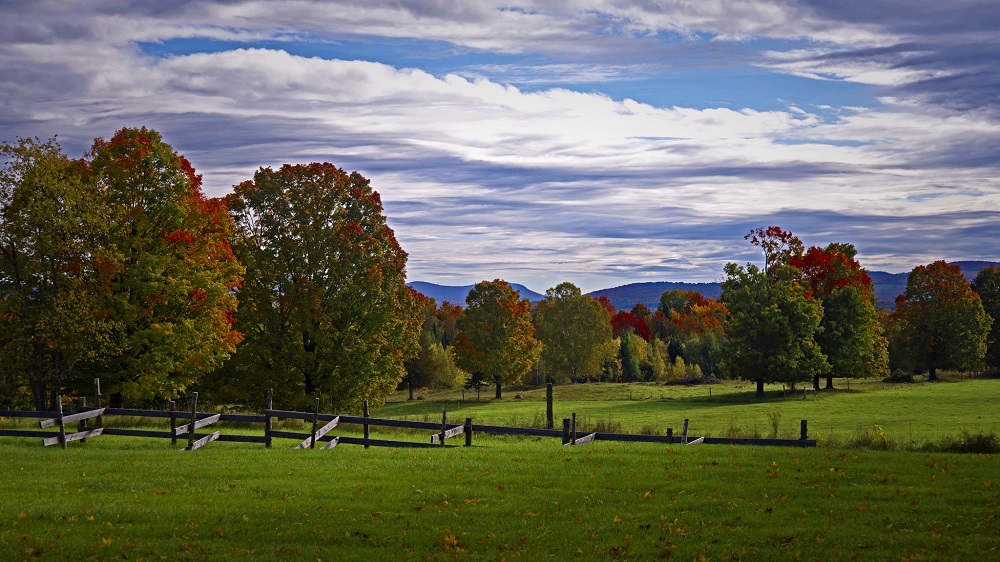Are there possibly more songs about fall than any other season? This Playlist of 13 songs ignores many obvious choices, songs like Richard Strauss’ “September,” Kurt Weill’s “September Song,” James Taylor’s “September Grass,” etc., etc. One wonders if there are more songs about September than any other month. These that follow have been selected, with a couple of obvious exceptions, because they are less well known. This post begins and ends with autumnal photos by Dale Cockrell. The first, “Twilight Grounds,” is
One of Joni Mitchell’s earliest songs, “Urge for Going” was first recorded not by her but by Tom Rush in 1966. She issued it on a single in 1972. It captures the abrupt shift from late summer to early fall that she knew from her Saskatoon adolescence: “I awoke today and found / the frost perched on the town / It hovered in a frozen sky / then it gobbled summer down.”
_________________
Lili Boulanger’s beautiful Soleils de Septembre
_________________
Rudy Stevenson, for five years Nina Simone’s guitarist, wrote “One September Day” for her. Here it is, as arranged by Hal Mooney for the classic album I Put a Spell on You (Philips Records) in 1965. She sings of a love that blossomed, not in “hot May or December, not June or November,” but one September day.
_________________
Amy Beach, “Autumn Song,” from Four Songs, op. 56, no. 1 (1904). The poem was written by her husband, Henry Harris Aubrey Beach (1843-1910). This performance is by Kyle Bielfield, tenor, and Lachlan Glen, piano.
__________________
Amy Winehouse, “October Song.” Frank Sinatra was married to Ava Gardner for several years in the 1950s. In this song Winehouse memorialized her cherished pet canary, Ava (named after Gardner); she included it on her debut studio album, Frank, in 2004.
__________________
Josephine Lang’s “Herbstgefühl” was composed in 1872 and published a decade later. Karl Friedrich von Gerok’s poem, which was set by several others including Ethelbert Nevin, speaks lovingly about the death of a flower. Translations in English and French are available. It is performed here by Heike Hallaschka, soprano, and Heidi Kommerell, piano.
__________________
Cecile Chaminade’s “Fleur jetée” from 1889 – first translated for English-speaking singers as “Broken Blossom” – sets a poem by Armand Silvestre. It compares the end of a love to flowers dried out by a wind. But because Chaminade’s choice of key, the plunge of her melody, the guitar-like strumming of the piano, and the symbol of flowers all recall the first song of Schubert’s cycle, Winterreise (Winter Journey), one might well question whether this song belongs in this autumnal collection! The recording is of a wonderful performance by Kameri Muir at her student recital, accompanied by Bill Marfink (2015). Here is the video of the performance, but there is also one with the musical score for those who care to follow along.
__________________
Miriam Makeba, “Autumn Song.” RCA released three albums by Makeba in 1965, the first two of which contained the kind of African songs that had made her popular; the second of these, An Evening with Belafonte/Makeba, won a Grammy for “Best Folk Recording” in 1966. The third album of 1965, The Magic of Makeba, included “Autumn Song,” one of several songs written for her by her bass player, William (“Salty” Bill) Salter. This collection of songs was an attempt to “broaden” her appeal, containing songs that could have been put together for Frank Sinatra. With conventional arrangements by Sid Bass, this was her last album with RCA.
__________________
In 1945, while living under house arrest in France near the borders of Italy and Switzerland, Hungarian born Joseph Kosma composed “Les feuilles mortes,” to words by his collaborator Jacques Prévert. Kosma drew heavily on Jules Massenet’s “Poème d’octobre” (1876). Since Yves Montand introduced it in the film Les Portes de la nuit (1946), it has been song by many women, notably by Edith Piaf, Juliette Greco, Joan Baez, and Ute Lemper, “Les feuilles mortes” is better known as “Autumn Leaves” (next entry). From 1965, here is the version by Françoise Hardy (about whom, see this WSF post).
__________________
Johnny Mercer got his hands on “Les
__________________
Girl in Red, “We Fell in Love in October” (2018). From Norway, singer-songwriter and record producer Marie Ulven Ringheim has had phenomenal success in the past few years. This song and “I Wanna Be Your Girlfriend” (2017) were certified gold by the Recording Industry Association of America. At the time of posting, this video is nearing 80,000,000 views.
__________________
Cheryl Wheeler, “75 Septembers” (1993). A beloved New-England folk singer, known for her humility and her ability to move her audiences from laughter to tears and back, Wheeler has recorded 13 albums. Assisting her on the recording below are Mary Chapin Carpenter, singer, Kenny White, pianist, and others. The first group to cover it was Peter, Paul, and Mary. A recent video of her playing “75 Septembers” at home, now an older woman with a friendly, eager-to-take-part dog, is very much worth watching for what she has to say about her inspiration.
__________________
“Verwandlung” (Preobrazba), op. 37a (1915), by Dora Pejačević, is beautifully performed by Katja Markotić, mezzo-soprano, Ljubomir Gašparović, piano, and an uncredited violinist. It was released by Croatia Records in 2015. The German poem by Karl Kraus (1874-1936) was published in 1920. The poem begins with resignation in the fall and concludes with hope in springtime. It is impossible not to read this as a poem written in the immediate aftermath of the Great War. Here is a translation:
Transformation
Voice in autumn, relinquishing your world
over the grave, you pale sister of the moon,
sweet betrothed of the moaning wind,
hovering among the fleeing stars –
did the call of the Spirit lift you up to yourself?
Did a desert storm transport you back into your life?
Behold, in this way a first human couple leads
a god once again to the holy island!
Today is spring. Trembling messenger of happiness,
the golden butterfly came through the winter of the world.
Oh kneel, bless, hear, how the earth is silent.
She alone knows about sacrifice and tears.
(trans. Christopher Reynolds)
Thanks again to Dale Cockrell, for allowing us to post two of his photos. He is also artful with words.
Here is his photo of the Frost House.






